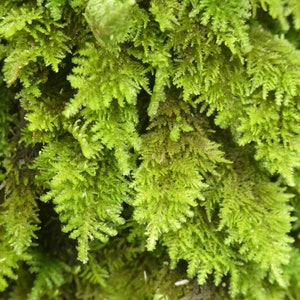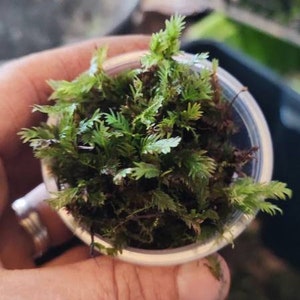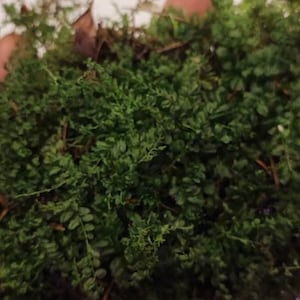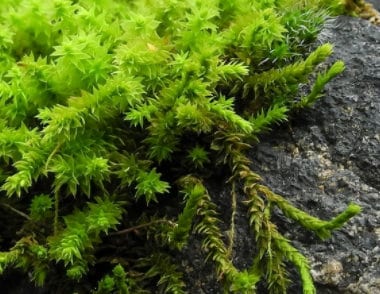
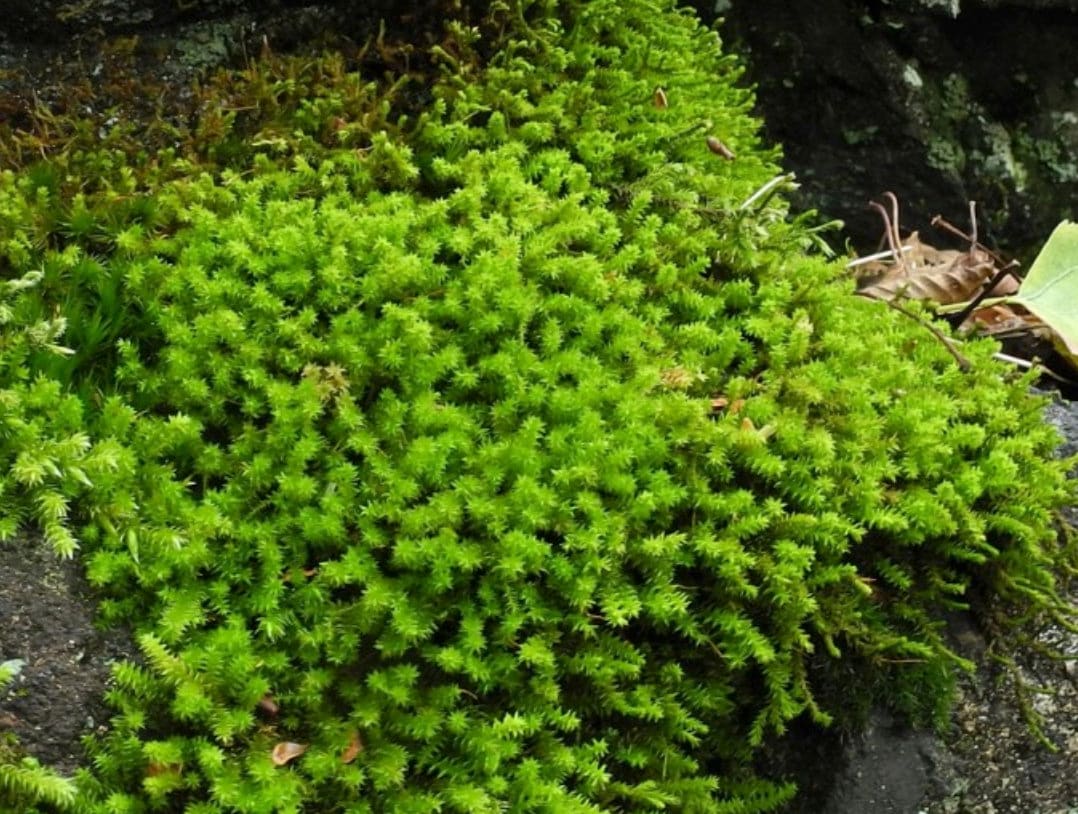
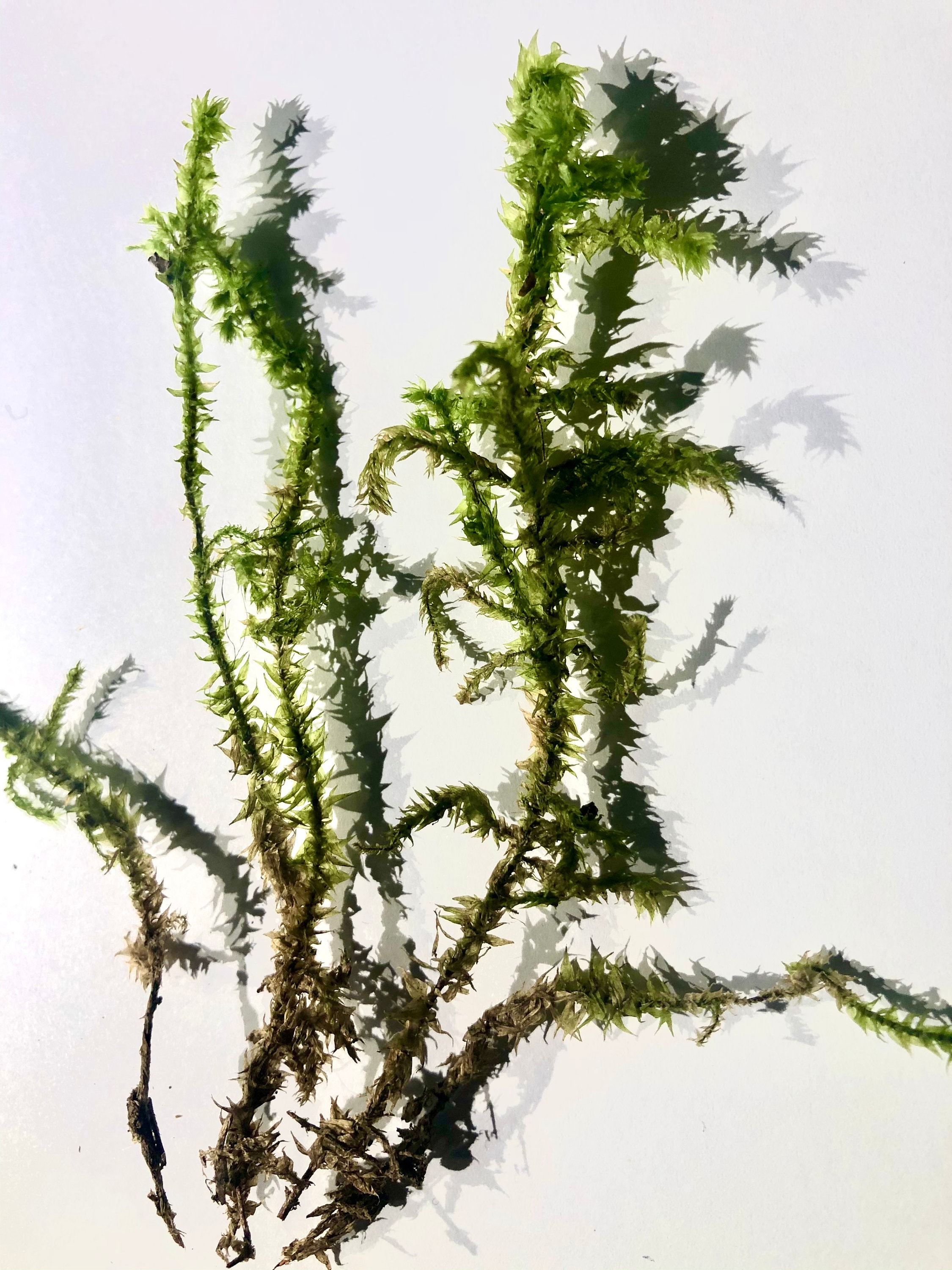
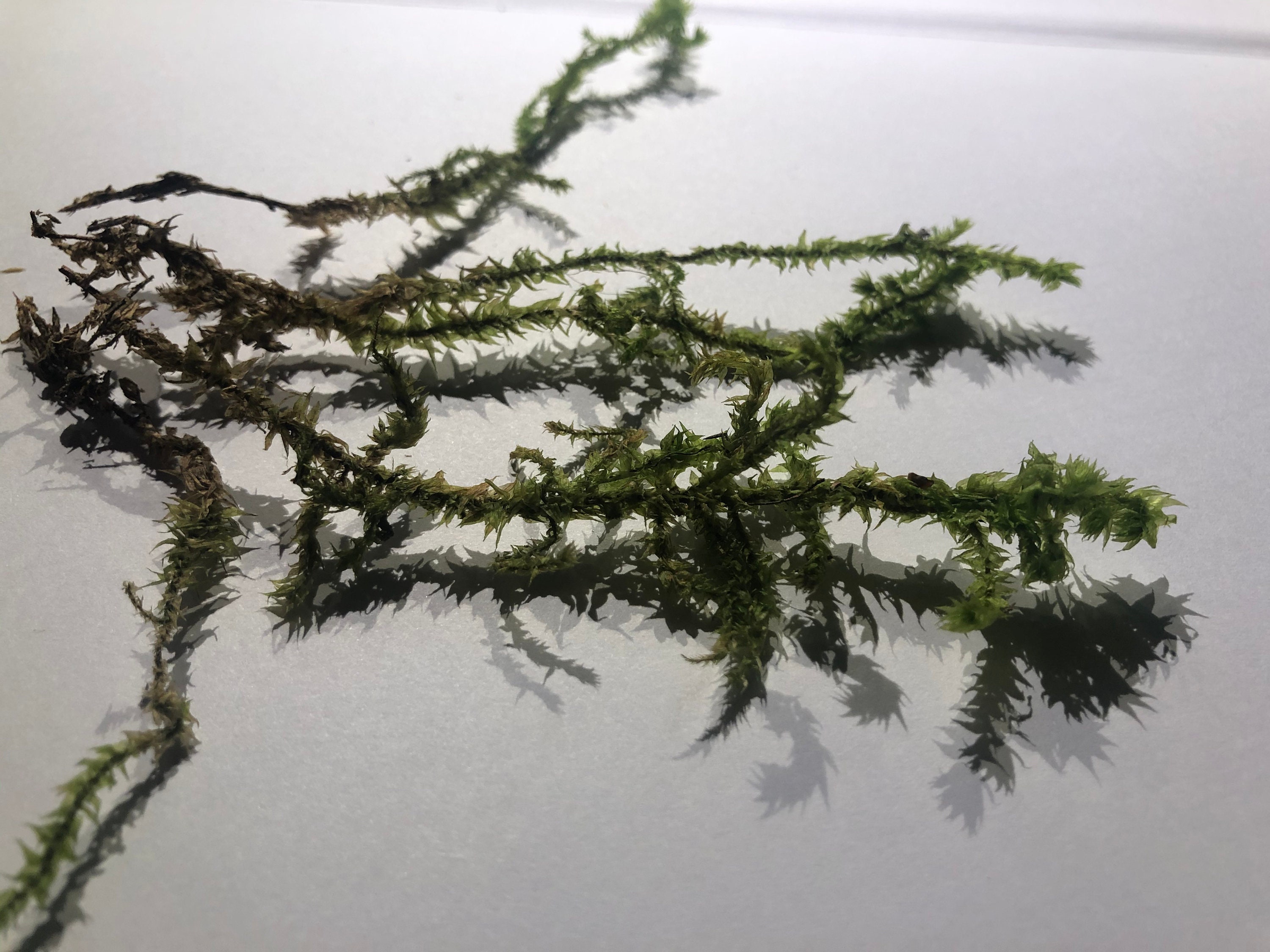
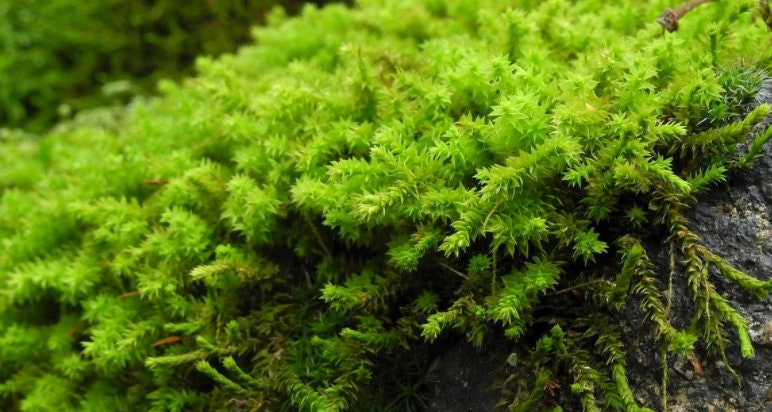
moss
Terrarium moss 15cm tall Braunia alopecura with Phytosanitary certification and Passport, grown by moss supplier
$3.56 $4.74
-
DetailsBraunia alopecura Is a full shade high humidity moss that grows on acidic soil forest compost or peat moss and worm casts
Making a bioactive terrarium? We also sell clean-up crews of arthropods (springtails), crustaceans (isopods), and Oniscomorpha (Pill millipedes). These unique living organisms will help establish a healthy relationship between the soil, plant roots and biodegradables inside the enclosure to thrive. If you interested in learning more please message/contact us or go to moss-wholesale.com
Free international tracked shipping from 100 euros of items bought with coupon FREESHIPPING100
If you are experiencing any problems during payment please contact me and we can sort it out, or we have another sitethrough which you can purchase these and more!
We sell Braunia alopecura as a grown moss in many dimensions or as inoculated clay/Alfisols discs with spores and mother moss, we also sell the correct "Growing Substrate" for this moss.
(When choosing which items to add to your basket please be aware of the difference in 5x5cm Moss: a carpet of moss. and substrate.)
We do Internation post tracking with every order. Your order will be packed safely and I'll send your Internation tracking number so you can follow your order travels to you :)
You will be receiving moss which has been dehydrated for shipping, when she arrives just rehydrate her by spraying water on her, and within seconds she comes back to life.
Do have a look at my other dry moss, lichen and liverwort species for sale and buy a selection, terrariums and Paludarium.
Braunia alopecura AKA Southern Alpes spike moss really stands apart from all the other moss, it is 10-15+ cm tall, with a thick sturdy stem with multiple branches twisting off in all directions. rounded spiky pointed light yellow-green leaves. I am truly amazed by this moss. It grows in thick carpets. She grows in open rocky areas in full to partial sun, along sunny pathways through forests in the foothills of the Pyrenees.
You will receive 10x10cm carpet of Braunia alopecura. This moss is easy to propagate around your terrarium by gently pulling apart the carpets and planting just the roots in the substrate.
Do have a look at my other moss and liverwort and lichen species for sale and buy a selection, for your moss garden, terrariums, and paludarium
Description. Plants slender, yellowish brown, in lax mats; stems with sympodial branching; branches arcuate to erect; flagelliform branches differentiated; pseudoparaphyllia foliose, with papillose cells. Leaves small, ovate or oblong-ovate, 1.2–2.0 mm long, concave, imbricate, apex sharply differentiated, very short, mucronate, subtubulose; upper and median leaf cells 10–12 µm, quadrate or shortly rectangular (1– 2:1), with slightly sinuous longitudinal walls, luminal papillae small or absent, papillae on longitudinal walls; alar cells shortly rectangular or quadrate. Archegonia distal on vaginula; perichaetial leaves 1.8–2.2 mm, wide oblong, short acuminate; perichaetial paraphyses long. Setae elongate, 8–10 mm long; urns 2.0–2.3 mm long, cylindric to oblong- ellipsoidal, irregularly wrinkled, neck long, gradually attenuate, mouth narrower than widest part of capsule; stomata superficial; opercula conic at base, rostrate, long and slender. Calyptrae large, cucullate, covering most of capsule. Spores unicellular, 25–30 µm in diameter.
Braunia alopecura is characterized by a subtubulose acumen in vegetative and perichaetial leaves; usually cylindric to oblong-ellipsoidal capsules; reflexed margins at the leaf bases; and oblong- ovate, weakly plicate leaves.
They evolved about 500 million years ago. Like other land plants, mosses contain green chlorophyll and make their own food through photosynthesis, which involves using the energy of the sun to combine carbon dioxide and water to make sugars.
Mosses are nonvascular plants, which means that they lack a vascular system. Because nonvascular plants lack lignified water-conducting tissues, they can't become as tall as most vascular plants.
The Ecological Roles of Mosses - Mosses play essential roles in the natural world:
Mosses don't need previously developed soil to survive, because they obtain their mineral nutrients from rain or running water.
This means that mosses are sometimes the first to colonize newly exposed areas. They promote soil formation, because (as they grow) dust and humus collects among the stems. When they die, their bodies decompose and add to the developing soil.
Mosses grow where other plants cannot, because they can survive without being rooted in soil. They can survive on cliffs, rocks, steep hills, and tree trunks. Mosses colonize the barren rocks and exposed areas of hills, and make them suitable for growing larger vascular plants by depositing humus soil and plant debris. Mosses can remain alive even during periods of drought, resuming photosynthesis when moistened again by rain or even fog.
Mosses play an important role in the global carbon cycle. They absorb carbon dioxide and release oxygen. In areas with cool climates, decomposition is slow because of cold temperatures. This means that large amounts of carbon are sequestered in the Sphagnum of bogs.
Mosses also contribute to the environment by absorbing water from rainfall and runoff, then slowly releasing it to the ground or atmosphere. This reduces stream erosion and fluctuating lake levels.
Mosses also provide habitat on which many species ultimately depend, underpinning entire ecosystems. Mosses provide shelter for other organisms such as small insects. The insects, in turn, provide food for frogs, which in turn provide food for snakes, which in turn provide food for carnivores like bobcats. -
Shipping & Policies
Shipping from France
Processing time
1-3 business days
Customs and import taxes
Buyers are responsible for any customs and import taxes that may apply. I'm not responsible for delays due to customs.
Payment Options
Returns & Exchanges
I gladly accept returns, exchanges, and cancellations
Just contact me within: 14 days of delivery
Ship items back to me within: 30 days of delivery
- Custom or personalized orders
- Perishable products (like food or flowers)
- Digital downloads
- Intimate items (for health/hygiene reasons)
- Items on sale
Conditions of return
Buyers are responsible for return shipping costs. If the item is not returned in its original condition, the buyer is responsible for any loss in value.
Questions about your order?
Please contact me if you have any problems with your order.
